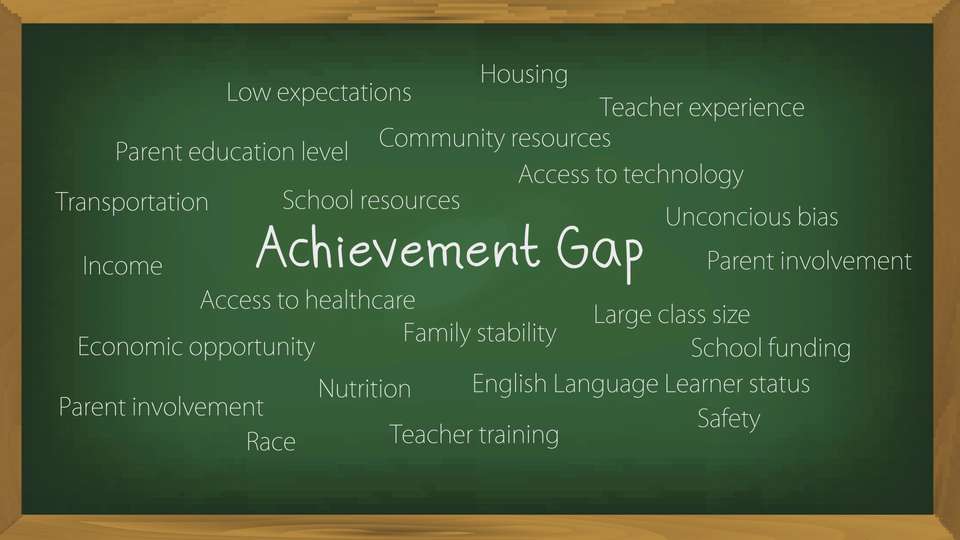Minding the Gap | Black History Month

This February, Fund for Teachers is celebrating Black History Month by highlighting some of our Fellows’ journeys to bring a better understanding of the African American experience to all students. In this four-part blog series, we’ll be diving into everything from the Transatlantic Slave Trade to student advocacy. Our Fellows explored the “past and present” of black history in our last blog. In this final installment of our blog series, we look at how Fellows Shunn Rector, Diane Palm and Kristin Peterson are addressing the achievement gap impacting students of color. Read on to learn more about their experiences in the classroom and how they are honoring Black History Month in their schools.

Kristin documented six floors of exhibits to share with her students.
Kristin Peterson is a special education teacher at a Saint Paul, MN, school that not only addresses students’ academic needs, but also fills needs stemming from poverty. Her school houses medical, dental and mental health clinics, as well as a food and clothing shelf. Visiting the National Museum of African History and Culture in Washington DC is not an option for her students at this point, yet she felt it vital that her students see their great heritage showcased.
Kristin wanted them to see how others have struggled also, and gone on to do tremendous things. So she went to the Smithsonian’s newest institution on her fellowship and created a Virtual Field Trip Kit with photos, interviews and primary sources she collected along the way.
“The greatest challenge that my school, students and district face right now is the significant achievement gap that exists,” said Kristin. “I believe my Virtual Field Trip through African American history is inspiring ALL students to reach for their own greatness and aspire to achieve at their very highest levels of learning.”

Shunn’s view from the Door of No Return on Goree Island.
Inside the walls of Houston’s Juvenile Correction Facility, the achievement gap is impacted by students’ surroundings as much as their ethnicity. Shunn Rector and Diane Palm teach the incarcerated middle school students and decided to research black history in Senegal, the first African country to adopt a law criminalizing the slave trade.En route to Senegal, the duo conducted research on the Transatlantic Slave Trade at the Schomburg Center for Research in Black Culture at the New York Public Library and, afterwards, explored Le Petit Senegal, a thriving population of 8,000 Senegalese immigrants in Harlem. The remainder of their fellowship consisted of interviews and documentation across Senegal. Now, their students design personal “Doors of No Return” to connect with this period of history and also make correlations with their own struggles.
“We recognize that the achievement gap exists when students feel like outsiders due to barriers of language, religious beliefs and race,” said Diane. “We wanted our students to understand that, unlike kidnapped enslaved Africans, they have choice when we are confronted with our symbolic Doors of No Return.”
Bridging gaps is what Fund for Teachers is all about. We step in with funding that equips preK-12 teachers with experiential learning that directly transfers to students’ needs, academic and/or otherwise. We thank Shunn, Diane, Kristin and all of the Fellows who participated in this series for sharing their experiences and their students’ learning. Make sure to see our previous Black History Month series blogs here, and stay tuned for more inspiring stories by following us on Facebook, Instagram and Twitter.
 Back to Blogs
Back to Blogs